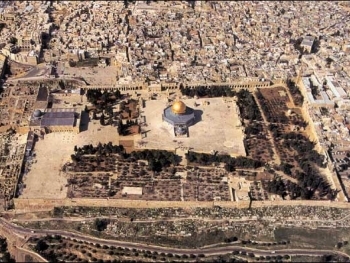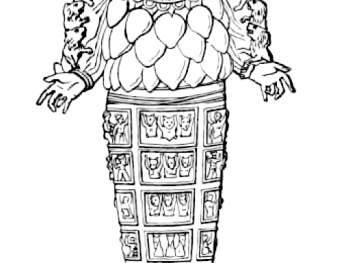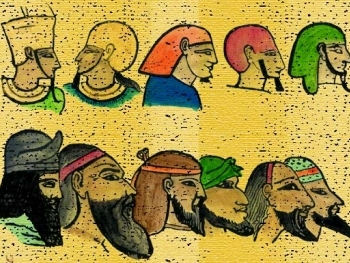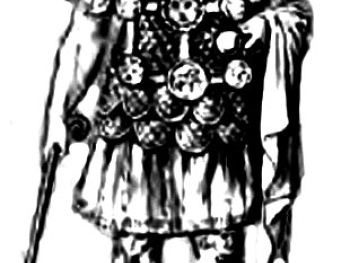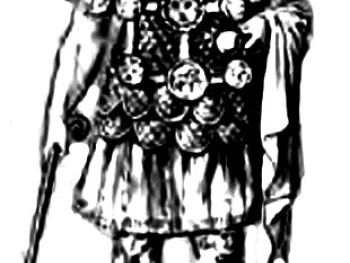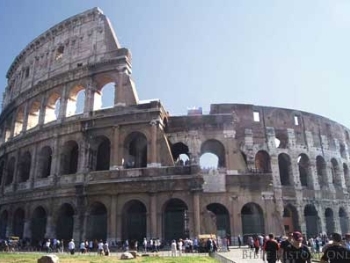The ancient Mayan civilization, renowned for its advanced understanding of astronomy and mathematics, developed a highly sophisticated calendar system that remains a testament to their intellectual prowess. Through intricate observations of celestial bodies and complex mathematical calculations, the Mayans devised a calendar system that allowed them to track time, religious ceremonies, agricultural cycles, and important cosmic events.
- The Long Count Calendar: At the core of the Mayan calendar system was the Long Count calendar, which measured vast periods of time. This calendar served as a method of recording historical events and marking the passage of long cycles. It is based on a series of nested cycles, including the kin (day), uinal (20 days), tun (360 days), katun (7,200 days), and baktun (144,000 days). The Long Count calendar began its count at a mythical creation date known as the "birth" of the current world.
- The Haab Calendar: The Mayans also utilized the Haab calendar, which was a solar calendar consisting of 365 days divided into 18 months of 20 days each, with an additional five-day period known as the Wayeb. The Haab calendar helped track agricultural cycles, as the months were associated with specific activities related to planting, harvesting, and ceremonial rituals.
- The Tzolk'in Calendar: The Tzolk'in calendar, often referred to as the sacred calendar, was a 260-day cycle used for religious and divinatory purposes. It consisted of 20 named days combined with 13 numerical coefficients, creating a unique combination that repeated every 260 days. The Tzolk'in was believed to have a spiritual significance, with each day associated with specific deities, animals, and elements.
- Astronomical Observations: The Mayans possessed a profound understanding of astronomy, which played a crucial role in the development of their calendar system. They carefully observed celestial bodies, including the sun, moon, planets, and certain stars, tracking their movements and establishing correlations between astronomical phenomena and the passage of time.
- Mathematical Calculations: The Mayans excelled in mathematics and used their numerical prowess to refine their calendar system. They employed a vigesimal (base-20) counting system, combining positional notation and a system of dots and bars to represent numbers. This sophisticated numerical system enabled precise calculations and conversions between different calendar cycles.
- Calendar Round and Synchronization: The Mayans recognized that the Haab and Tzolk'in calendars, while operating on different cycles, would occasionally align in a repeating pattern called the Calendar Round. This cycle lasted for 52 years (18,980 days), after which the two calendars realigned. The Calendar Round provided a framework for organizing and synchronizing various temporal cycles.
The ancient Mayans' development of a sophisticated calendar system highlights their advanced knowledge of astronomy, mathematics, and cosmology. Their intricate observations, mathematical calculations, and conceptual frameworks allowed them to track time, mark significant events, and harmonize religious and agricultural practices. The Mayan calendar system remains a testament to their intellectual achievements and stands as a remarkable example of ancient civilization's mastery over timekeeping and celestial understanding.
